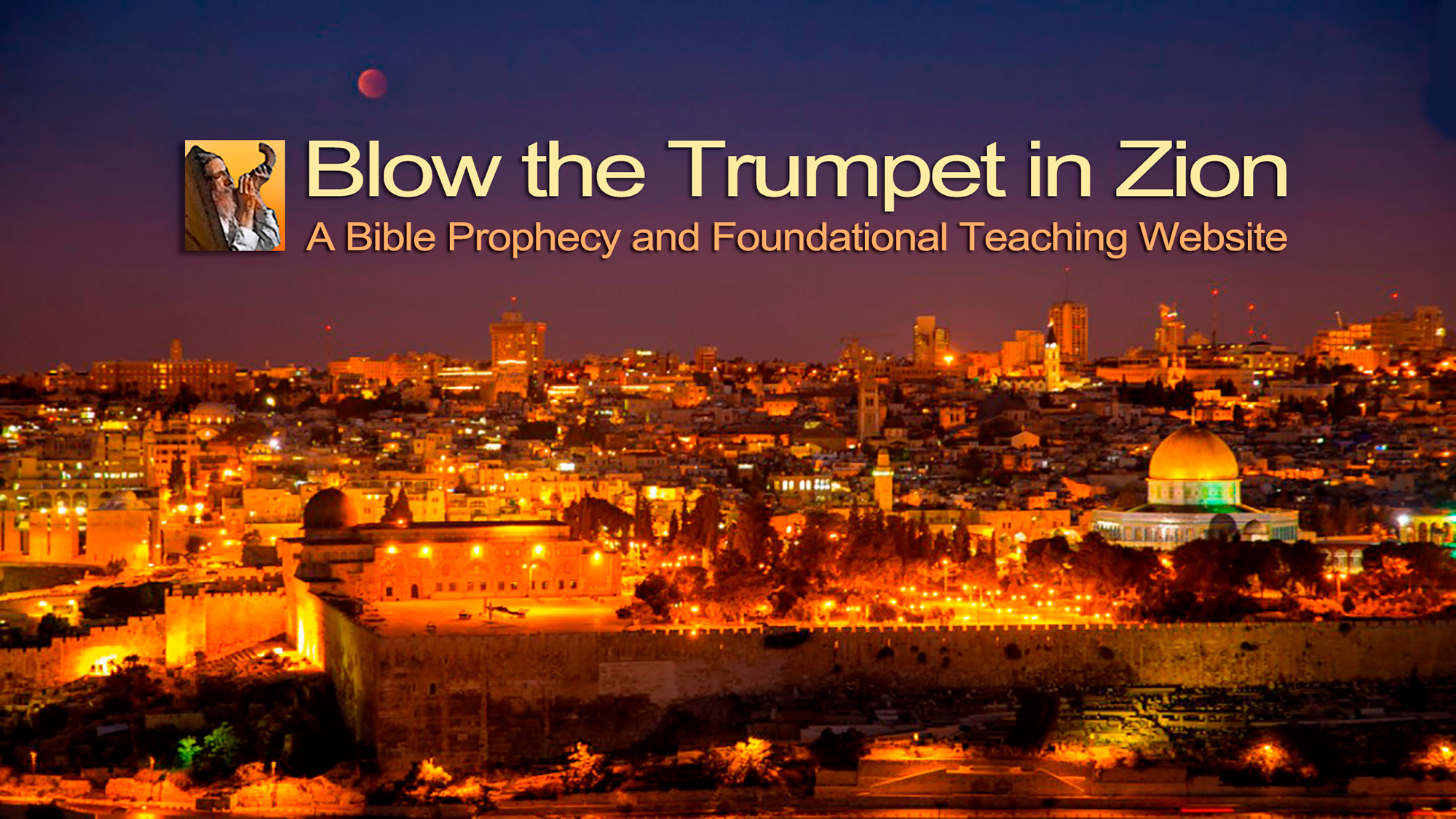
Introduction:
In the Old Testament the physical temple was a picture or type of the spiritual temple established in the New Testament. Every new covenant believer in Messiah is a living stone pressed together with other living stones that corporately make up God’s corporate spiritual temple in which He dwells by His Holy Spirit. (Jeremiah 31:31-34) (1 Corinthians 3:16). If one does not have the Spirit of Jesus the Messiah living deep down on the inside of them they do not belong to Him (Romans 8:9).
The Lord Jesus Himself is the living full embodiment of the temple revealed in a flesh and blood man and He acknowledged this (John 2:19-21). The physical Temple, its furniture, its sacrifices, its priesthood, and its offerings and its sacrifices all point to Him as the Eternal Word of God Himself who became flesh and blood and tabernacled among us (John 1:1-4, 14). The Lord Jesus is the Passover Lamb sacrificed for sin once and for all time, a sacrifice never to be repeated (John 1:29) (1 Corinthians 5:7) (1 John 2:2) (Hebrews 7:27; 9:12, 24-28; 10:10-12).
He is the Living foundation Stone upon which the other living stones (New Covenant believers) as a corporate spiritual temple are built. (1 Peter 2:4-6). God’s corporate spiritual temple or house, the Body of Messiah, is His spiritual Temple in whom He dwells by the Holy Spirit (1 Corinthians 3:16-17). Also our bodies individually are living spiritual temples because His Spirit dwells in is individually as New Covenant believers (Romans 8: 9, 11, 15) (2 Corinthians 6:16) (Galatians 4:6) (Colossians 1:27) (2 Timothy 1:4) (Titus 3:5) (1 John 2:27; 4:15).
So then in light of these truths concerning God’s Temple in the Old Testament, when we see His people in the Book of Haggai working individually and collectively to build His physical temple, we have a type of God’s Temple in the New Testament, which is not a physical temple but a spiritual one.
Click here to read the Introduction

